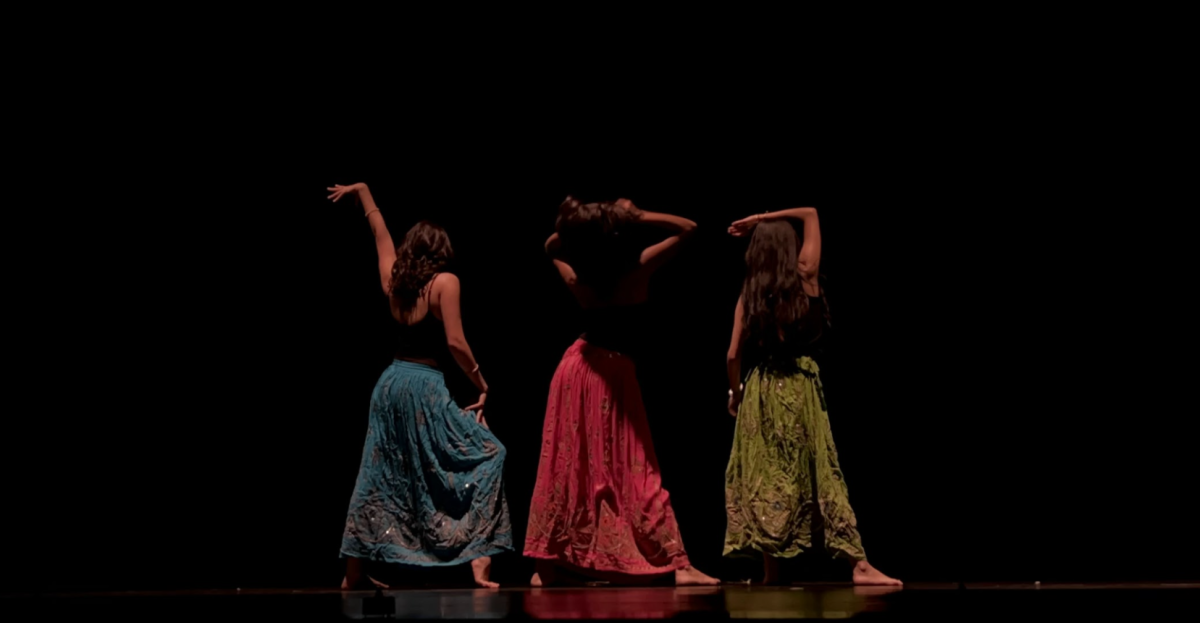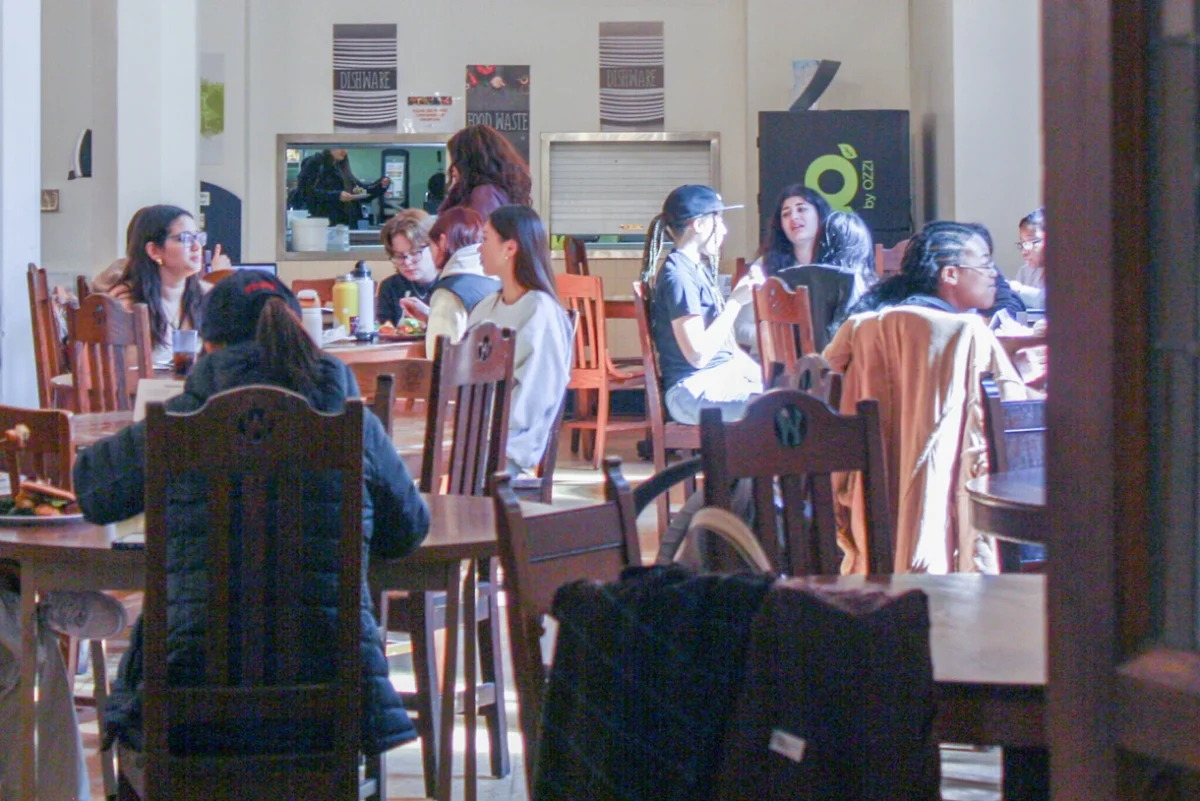By NATALIE MENDENHALL ’17
Contributing Writer
Over spring break, I had the privilege of attending a service trip to New Orleans with the Christian service organization, ServeUp. As someone not native to New Orleans, I was able to glimpse the reality of the citizens living in post-Katrina New Orleans from the perspective of an outsider. Even nine years after it was devastated by Hurricane Katrina and its aftermath, New Orleans has not been able move past its 2005 Katrina reputation. We must not perceive New Orleans merely as a city recovering from a natural disaster. Instead, we need to see New Orleans as a complex city whose problems have roots, like any other major city, in a history of challenges that began long before 2005.
New Orleans has a history that the rest of the United States fails to recognize. Without understanding its historical roots, outsiders cannot understand the reality of the city’s ongoing recovery. New Orleans was originally built as a slave port. This largely fuels the continuing social stigmas of New Orleans. The social divide is especially evident in the richer, whiter French Quarter. The French Quarter was rebuilt before the poor neighborhoods of the cities, notably the neighborhoods that were left most devastated by Hurricane Katrina, those mostly made up of people of color.
I also discovered that New Orleans faced environmental problems long before Katrina hit. Due to rapid trade along the Mississippi River, the swamp land surrounding New Orleans was destroyed. This land was extremely important because the marshland protects the below sea level city. More specifically, in its undestroyed state, this surrounding land can reduce the impact of hurricanes.
In addition, pre-Katrina New Orleans suffered from problems in metropolitan crime, poor public school systems and pollution, among others.
The biggest surprise was learning that it was not Hurricane Katrina itself, but rather the aftermath of the storm, that devastated the southern city. In fact, the dangerous category 5 storm that devastated the Gulf Coast was reduced to category 3 when it hit East Louisiana. What affected New Orleans was the flooding that followed. As the storm passed, the water that it left behind broke the levees. This left 80 percent of New Orleans under water.
The remaining 30,000 residents of New Orleans, mostly people of color, suffered a living hell for five days while waiting for relief aid from the Federal Emergency Management Agency (FEMA) and its head, Michael D. Brown. The same FEMA that delivered relief to tsunami victims in Indonesia in two days did not deliver aid to people of its own country for more than double that time. Many of the elderly went without their medicine and died. Some residents drowned in their attics and looters ran rampant. Neighboring counties were rumored of closing their borders and turning refugees back to New Orleans. Ultimately, according to CNN.com, Hurricane Katrina displaced millions of family members from the area, killed 1,833 people across the gulf coast and cost the city $125 billion in damage.
I was assigned a variety of projects. On one of my work days, I had the opportunity to partner with a church that specialized in rebuilding homes, specifically in painting houses. They hope to reduce crime by increasing neighborhood pride. As the pastor of the church explained, a drug dealer is less likely to sell in front of a bright purple house. Also, in helping paint and rebuild these house, the residents of these neighborhoods avoid a large contracting scam which swept New Orleans. Painting the houses was an all encompassing solution because it helped to reduce crime in the neighborhood and to create a greater sense of community.
Another place I had the privilege of working was an urban farm called the Blair Project. I spent my time planting fresh fruits and vegetables for residents of the lower ninth ward, who have limited access to grocery stores and no access to fresh vegetables.
The projects I worked on really only began to address the problems of a growing New Orleans. New Orleans’ largest issue was not fixing over $100 billion damage caused by Katrina, but fixing the existing problems of the city. Volunteer efforts help, but alone, they cannot address the complexities of the systems in place. It is naive to think that if I can paint a house or rebuild a school, the problems will go away.
Hurricane Katrina’s clearly revealed the city’s problems and catalyzed urgent changes. As governmental and non-governmental aid attempted to rebuild the city, crime, vacant schools and environmental issues became impossible to ignore. Specifically, in a largely tourist based economy, crime targeted at tourists in the French Quarter hinders the economic growth necessary for rebuilding.
Respecting the environment becomes more pressing when the same marshland that could have lessened the flooding from the storm remains largely ineffective. Despite regrowth initiatives, trees in the marshlands refuse to grow as a result of the foreign salt water in the marshes.
Additionally, vacant schools that still have signs displaying, “Welcome back registration begins September 2005,” show that education must be fixed. Despite new infrastructure, New Orleans has no A-rated open public schools. Despite the brightly colored houses, the ninth ward is a fragmented community. Regardless of the daunting challenges that the New Orleans occupants face, many of them have come to enjoy their lives after Katrina because the hurricane was a call to action to address problems that had existed for centuries. Subsidies allowed some homeowners to return and rebuild. Many of their children and grandchildren now have better schools. Yet for other residents, the challenge is coming back to unfamiliar and almost vacant neighborhoods.
“I’m scared that if anything happens to me it will take days for anyone to find me,” said one resident, whose immediate neighbors are gone. The lacking sense of community that many residents feel makes recovery difficult.
New Orleans is building and growing. The residents I encountered all shared a rich resilience. I spent my last day painting an elderly Haitian lady’s home, who affectionately asked the volunteers to call her “Mama.” During Katrina, her house was entirely destroyed. After finally returning to the neighborhood, she received a $7,000 loan to rebuild her house. But a contractor scammed her out of all of her money and left her with a house in a deplorable condition. Unfortunately, her story is not unique. Despite all of her hardships, her spirit remained invincible. Mama was always smiling, offering us prayer or cooking red beans and rice for the volunteers as we painted. Through Mama, I witnessed a glow that can only be produced in the face of adversity.





Neonia A. Canty | Apr 18, 2014 at 9:39 pm
This is excellent and insightful reporting of the causes and challenges of the disenfranchised citizens of New Orleans before and after Katrina. Great Job Natalie!